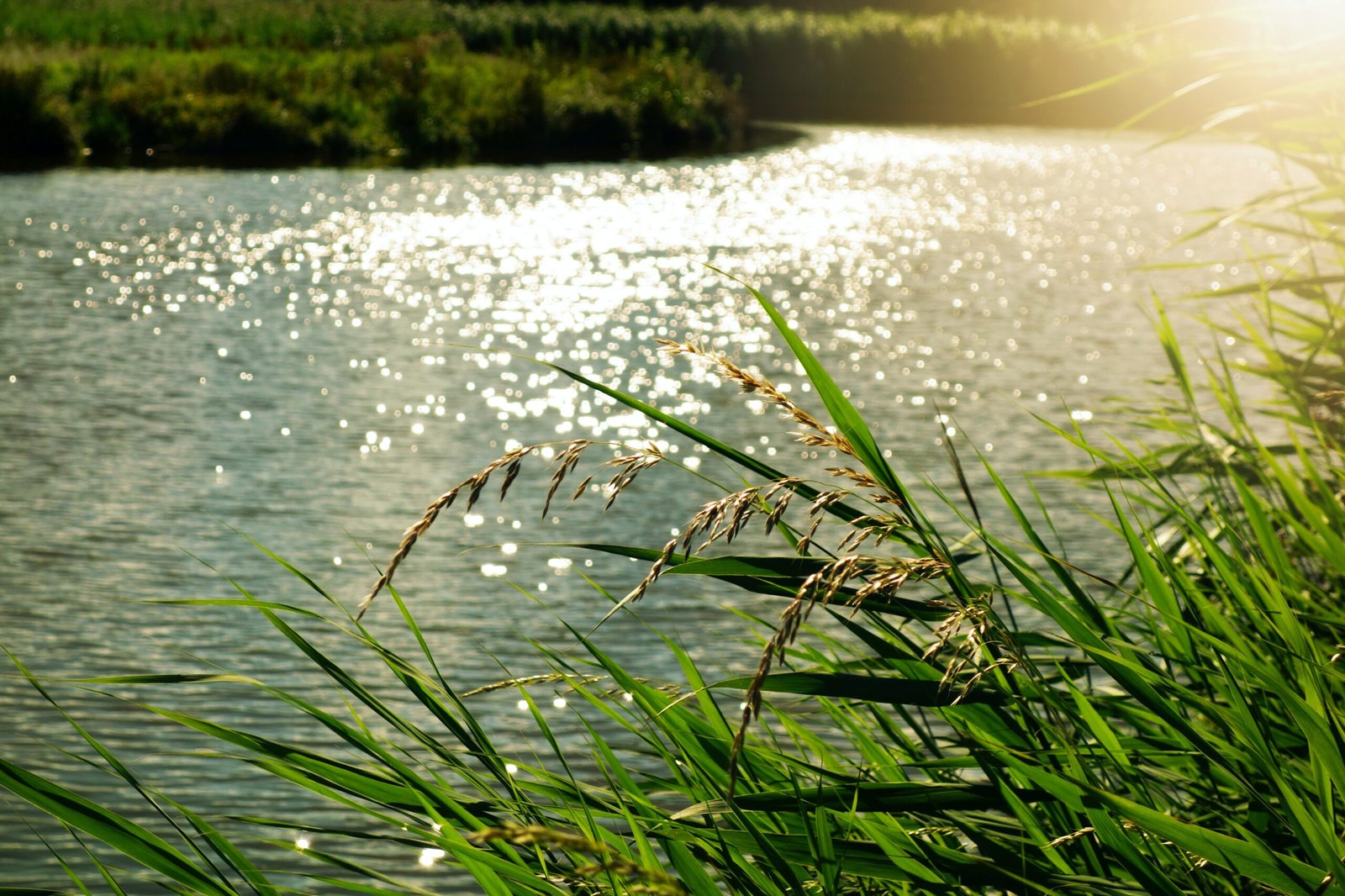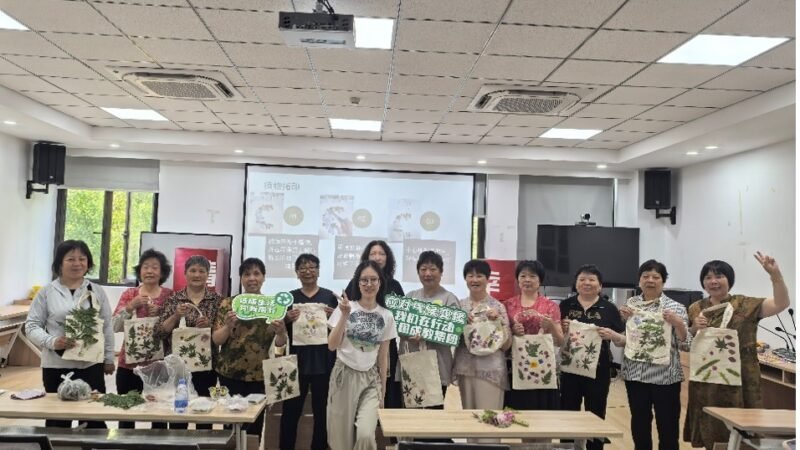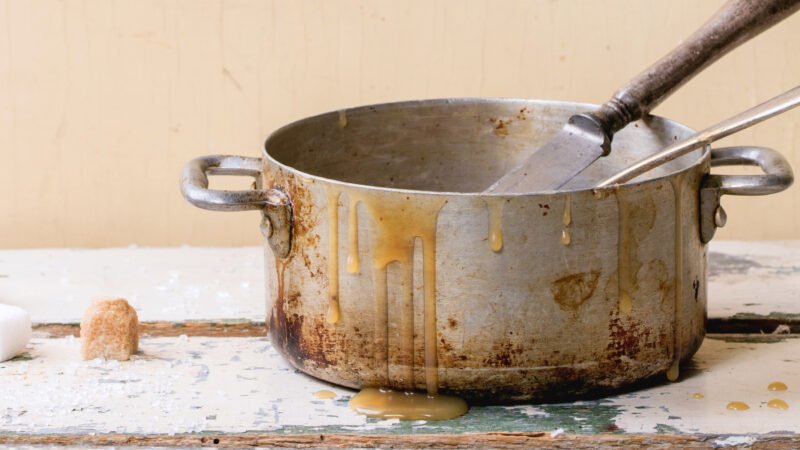By Colin Xiao, Joy Lu, Richard Pan and William Lai
Introduction of Nuanshui village
Nuanshui Village, located in the southwest of Maili Town, Wushan County, Tianshui City, Gansu Province, is located in the mountains with an altitude of 2740 meters, which has a beautiful environment and fresh air. There are five main natural villages in Nuanshui Village, respectively Xinzui, Machi, Yaozhuang, Hujiazhuang, Yakou, and other small villages; the management department of the village is located at Yaozhuang Natural Village.
There are 219 households in the village, comprising 1032 people. In the early days, there were lots of outflows from this village, most of the young and middle-aged people chose to go out to work, and the permanent residents of the village were mainly women and the elderly. At present, more than 180 households live in Nuanshui Village. The village has about 1958 acres of land, including wheat, potatoes, rapeseed, and buckwheat.

Before 2018, villagers needed to go to the spring to fetch water daily to meet their daily needs. To make it easier for the villagers to obtain water, the government has set up a cistern in Nuanshui Village so that the villagers do not have to go to the farther spring to fetch water every day.
But it didn’t take long for the villagers to complain. “(This cistern) doesn’t give us much (water); it’s all down there.” Wang from the village said. The appearance of the cistern did not bring as much convenience to the people of Nuanshui Village as imagined. Although the cistern is located in the center of the Nuanshui Village, the water in the cistern has to be supplied to many surrounding villages, resulting in insufficient water in Nuanshui Village.
What the government and NGOs have done for Nuanshui Village
Faced with the challenges faced by villagers in terms of water use, both the government and NGOs have made many efforts.
First, the government built a series of infrastructures in Nuanshui Village to ensure the villagers’ daily water needs.
In 2015, the government of Wushan County carried out poverty alleviation work in Nuanshui Village from several aspects. Among them, guaranteeing the villagers’ daily water supply has become a vital part of the work.
During the construction process, the government set up a series of tap water systems in 2018. This set of facilities includes spring outlets, water pipelines, water reservoirs, and other domestic water facilities.
Nuanshui is a village with a height difference of about 100 meters between the top and bottom, and the spring is in the center of the entire village. As a result, the Department of Water Resources of Shaanxi Province set up a cistern at the top and a cistern at the bottom of Nuanshui Village to ensure the daily water supply of the villagers.
The tap water system consists of the reservoir, the water outlet, and the sluice gate. The reservoir is generally surrounded by bricks or cement, and the water pipe is usually connected 80-100cm underground to prevent the water pipe from freezing in winter. The water outlet is generally located 60-80cm above the water, usually a single faucet or a water pipe wrapped in cement. There is a heating device in the pumping gate, which can also avoid the failure of pumping due to the freezing of the pipeline in winter.
This tap water system takes advantage of the terrain difference to fill the wells in each household with water, at the same time, uses electricity to drive the water, allowing the water stored in the reservoirs of each family to enter the pumping gate.

In addition, the government also considered the possible freezing of water pipes when building the water system. In winter, because the weather is too cold, ice and snow can freeze the pipes, making it difficult for the villagers to use water.
Therefore, when the government built this system, all the water pipelines were buried under the permafrost layer (about 1 meter), which could prevent the pipeline from freezing in winter to the greatest extent. In addition, the water outlets in the villagers’ homes are also equipped with electric heaters. In freezing weather, villagers can connect pipes to electric heaters to ensure that the pipes can carry water without temperature restrictions.
At present, this tap water system can ensure the daily use of tap water for all villagers. The amount of water available to the villagers is higher than the minimum poverty alleviation water standard of 20L stipulated by the state, and the water supply guarantee rate has reached more than 90%. The convenience of fetching water has also been greatly improved.
Secondly, the water quality of Nuanshui Village has also been guaranteed.
Gansu Green Camel Bell Environmental Development Center (GCB) is a non-governmental organization focusing on the cause of environmental protection in western China.
In 2016, GCB and Lanzhou University conducted a water quality test on the Nuanshui Spring. The test results were national secondary water, which was in line with the “Regulations on the Administration of Rural Drinking Water Supply in Gansu Province” promulgated in 2015.
In addition, the village has also capped the spring to prevent pollutants from entering the water source. The village party secretary said: “The spring itself is also easily polluted. In 2018, an expert came to our village and suggested that we cap the spring and its surface runoff to prevent dust and rainwater from affecting the water source. We also called on every household in the village to put a sand-proof cover on the well cover to ensure water safety as much as possible.”

At the same time, the problem of sewage discharge in the village has also been solved better.
For domestic sewage, drainage channels are dug beside the village’s main roads so there will be no cross-contamination between sewage and surface water. Most villagers also have drainage outlets in their yards to lead out domestic sewage, and the outlets are often located in farmland or drainage channels.
For agricultural sewage, villagers will also consciously place pesticides, fertilizers, and other chemical preparations separately to avoid polluting the water.
Due to a large number of fields in the village, the villagers did not understand the harm of pesticides before, and many pesticide containers were discarded everywhere, which made the local water source potentially polluted.
Under the popularization of GCB, the local villagers learned about the risks of the random disposal of pesticide packaging waste. At the same time, to reduce the occurrence of this phenomenon, GCB has launched a project to recycle pesticide bottles regularly and provides small bonuses to villagers who actively recycle pesticide packaging waste.
This project has attracted many villagers to save and pick up waste pesticide containers spontaneously. Ms. Xu of GCB said: “By setting up such a reward system, many villagers will now take the initiative to collect them.” This project greatly reduces the risk of waste pesticide bottles polluting water sources.

Existing Challenges
Although the government, NGOs, and local villagers have made a lot of efforts to improve the local water resources, there is still room for improvement in the water quality of Nuanshui Village.
First, the water in some villagers’ homes has certain health risks.
In some villagers’ wells, the water is in direct contact with the bricks, and no waterproof layer is used to isolate them. Some metal elements, such as calcium, may penetrate the water in the bricks, affecting the water quality. At the same time, the untreated groundwater at the bottom may also seep into the well due to the absence of a waterproof layer, making the villagers’ water sources potentially at risk of contamination.
Second, the phenomenon of water pipe freezing still cannot be avoided entirely.
Most of the reservoirs in the village are built by the government, but some are built by the villagers themselves. When these villagers were building, the water pipes were not buried deep enough, so in winter, the water pipes would still be frozen.
Ms. Wang from the village said, “Every winter when the snow falls, the water pipes are frozen. We often have to walk hundreds of meters to get water from the spring. In addition, many people come back for the New Year in winter and have to fetch water twice a day. “
In addition, the roads are covered with snow in winter, and most of the young and middle-aged people in the village go out to work. Only the elderly at home go to the water source at the bottom of the mountain to fetch water every day and then carry it up.
Ms. Wang also said: “The renovation of the underground water pipe will cost a lot of money and time, so we just ignore it.”
Third, there are some problems with the disinfection method of water sources.
Milky white water sometimes flows out of the water pipes of some farmers’ houses. Wang of the village said: “The disinfectants prepared by the Water Affairs Bureau for the reservoirs in the village are generally put in all at once according to the cycle they said. So sometimes, the water in the well is all day long. white.”
However, suppose the stirring process is not performed after the disinfectant is put in. In that case, it may lead to the precipitation of part of the disinfectant at the bottom of the reservoir. In this way, the effect of the disinfectant will be significantly reduced, the water in the upper layer of the reservoir will not be fully disinfected, and the water in the lower layer will contain too much disinfectant, which will affect the quality of the water.
Fourth, some villagers do not know how to properly maintain the reservoir.
The manhole covers used by some farmers cannot effectively prevent dust and other pollutants from entering the water source. Some people even put the well in the grocery room, along with some waste. This often results in the wells being contaminated with dust, affecting water safety.

Nuanshui Village is a place with beautiful scenery and simple folk customs. With the efforts of the government and NGOs, the management and protection of water resources in Nuanshui Village have achieved remarkable results.
Secretary Wang of Nuanshui Village said: “After 10 years if you have the opportunity, you must come to Nuanshui Village to see it. You will see a brand new Nuanshui Village!”



